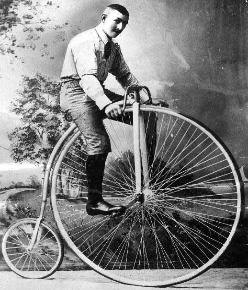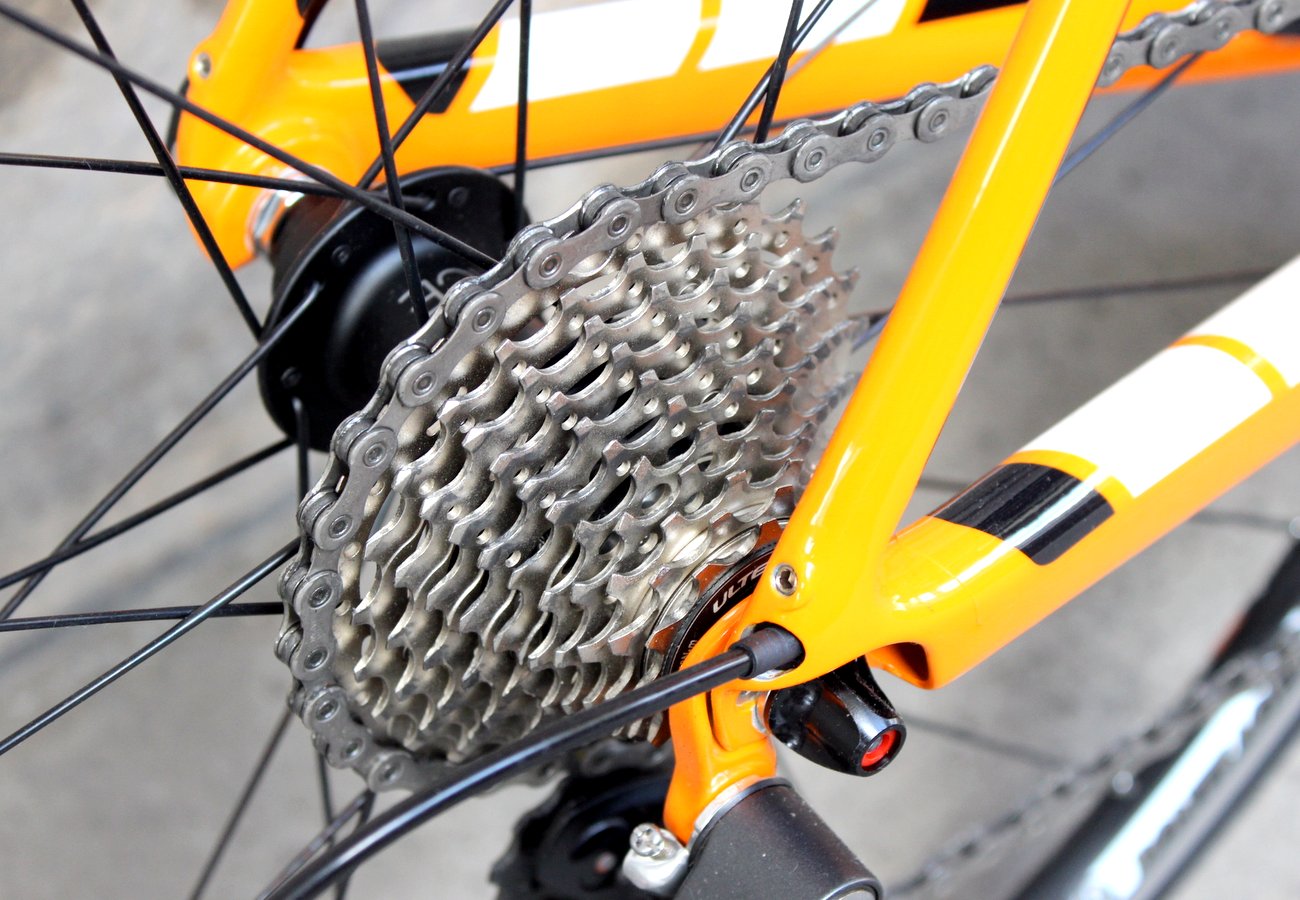Are front wheels just “along for the ride”?
Ever notice how your rear wheel wears down more quickly than your front wheel? Or if you put your bike onto a stand and turn the pedals, how the rear wheel turns while the front wheel does absolutely nothing? Does that mean front wheels are only “along for the ride”?
Front wheels play important roles in cycling. Along with the rear wheel, they balance the cyclist weight. They also are “shock absorbers” encountering bumps ahead of the rest of the bike. And they are a critical component to enabling the cyclist to steer. But when it comes to the cycle drivetrain, it is only “along for the ride.”
Cycle Drivetrains
All cycles have drivetrains including unicycles, bicycles, and tricycles, providing the means for transmitting cyclist pedal power to the designated drive wheel. They come in two flavors. Direct Drivetrains connect directly to the drive wheel, while indirect connects using an intermediary usually a chain. Drivetrains can connect to the front or the rear wheel, much as cars can have either type of drivetrain. Here is an example of the rear-wheel drivetrain used on modern bicycles.

What do direct-drive cycles look like?
Direct drive cycles connected to front wheels can be found in unicycles, early bicycles, and tricycles. One turn of the pedals results in one turn of the wheel.
Here is an example. We have a Unicycle doing something real as it is ridden by Cary Gray on his way to South America. The drivetrain directly connects the pedals to the only wheel. (You could make the argument this is both a front and rear-wheel drive.)

What are the issues with direct-drive cycles?

Drivetrains directly connecting pedals to wheels have important limitations related to cycle speed. Speed is determined by how fast your wheels are turning and how big your wheels are in diameter.
When pedaling and wheels are directly connected, speed is limited to how fast you are can pedal the particular size wheel. This led to early bicycle designs with large front wheels. It also meant cyclists would fall from much higher heights and led to the expression “taking a header.”
Why are modern cycles rear-wheel drive?
These problems led to the incorporation of gearing which marked a major transformation in bicycle architecture. First of all, it removed the direct connection between pedaling and the wheels, replacing it with a gearing connection. It did so by connecting the pedals to their own wheel called a chain wheel.
Next, the gearing needed to decide which wheel to connect to as the drive wheel. Bicycles can be designed to connect to either wheel, so the decision to make the rear the drive wheel was certainly driven by wanting to position the cyclist over the front of the drive train.
Gearing and Cycle Speed
Gearing also addressed the direct drive speed issue by eliminating the need for larger wheels. Its solution was to enable the rear wheel to turn in multiples of the pedal turns or cyclist cadence. We will talk more about this later, but here is an example.
Suppose my front chain wheel has 50 teeth and my rear chain wheel has 15 teeth. Then for one turn of my pedal, 50 teeth are pulled per cycle. The rear wheel then must turn 3.33 times as a result. This would then up my speed to 3.33 times than if the pedals and the front wheel were directly connected.

